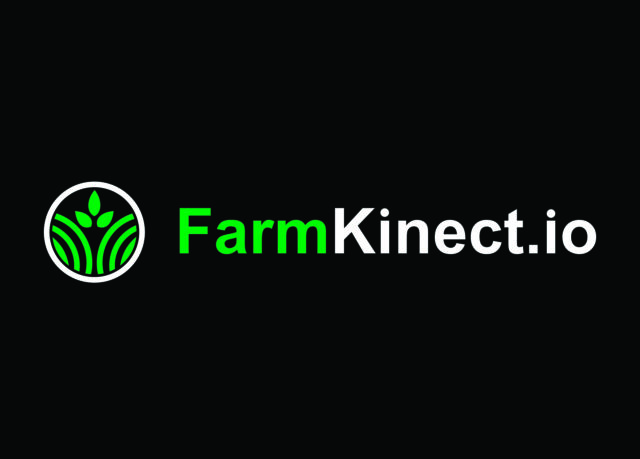Misconceptions seem to be the leading cause of the decrease in fluid milk consumption.
The belief that milk makes you fat (false, by the way), the rise of non-milk beverages being marketed as milk (enter nut juice of your choosing) and the ever-growing problem of lactose intolerance (often inaccurately self-diagnosed) have contributed to the drop in consumption numbers the past few years.
How many of your non-dairy farmer friends can tell you the fat content of whole milk? Do they know that it’s only 3.6% and 97% fat-free? Do they understand that skim, 1% and 2% milk still contain fat, if only a small amount? What about the nine essential nutrients found in milk? Could they name one of them? How many of these friends are lactose-intolerant or have a friend or family member who is? Do they know the difference between lactose intolerance and a cow’s milk allergy?
These might be questions you’re expecting your checkoff dollars to fix. But what can you do as a producer to build a trusting relationship with consumers around milk?
Here at Progressive Dairy, our WHY statement is “build trusting relationships so that all can grow.” We make it a priority to refine our relationships in a way that benefits everyone, not just us. This is a mentality that could be adopted by producers, as trust is what’s missing in the giant chasm between consumers and producers.
Psychology Today offers a few suggestions to assist you in building a healthy relationship. Remember to implement these when talking with a consumer:
-
Say what you mean. Honesty is the best policy.
-
Be vulnerable. Again, be honest. Find some common ground. If they share some feelings with you, reciprocate it. Perhaps they’re worried about the safety of milk products. Voice your understanding and appreciate their concern about how milk gets to their table before kindly explaining the safety precautions taken to ship milk to their door.
-
Remember the role of respect. No good comes from putting someone down; doing so can leave a bad taste in someone’s mouth. (Figuratively and literally, when talking about consumers.) Instead of laughing at their preconceived notions of milk safety, try to understand where they are coming from.
-
Give the benefit of the doubt. Remember that consumers don’t know everything you do. You’re an expert in your field, and they’re just learning. Their perspective is often shaped by the mainstream media or something so-and-so said, not based on facts. Keep this in mind during your conversation.
-
Express your feelings. Go ahead and tell them how you feel. This helps build trust. You can take this opportunity to explain the frustrations of nut juices calling themselves milk or whatever absurd dairy myth you’re upset about today.
- Be willing to give and receive. You might do a lot of blabbing in your explanation; don’t forget to be a listening ear as well.
Don’t forget: Consumers are the people who give us the opportunity to work in this industry; treat them as such. Your passion and enthusiasm for your field of work can be a wonderful tool when used correctly in building trusting relationships with consumers – and just might eliminate a few of those misconceptions surrounding our liquid gold.








